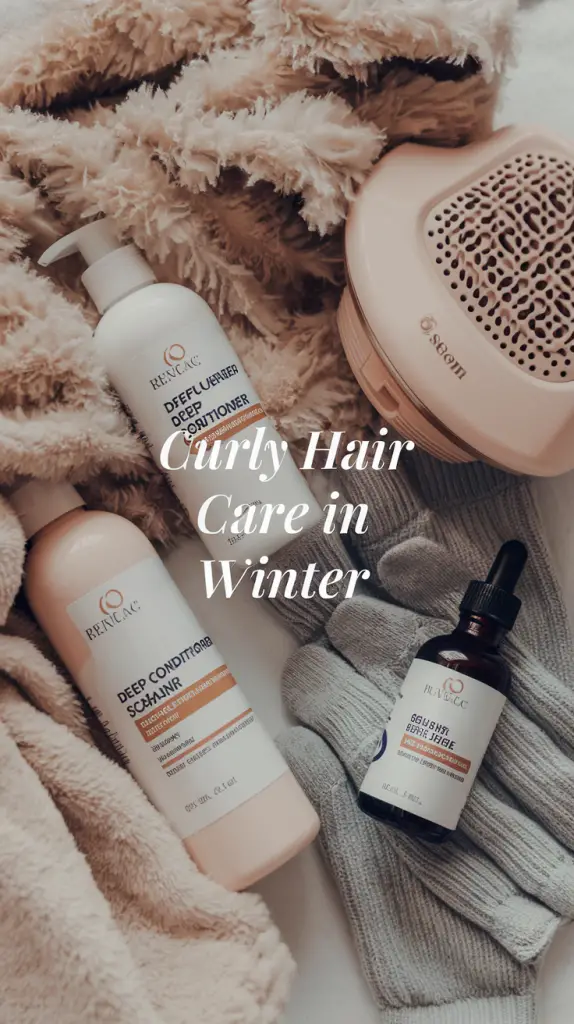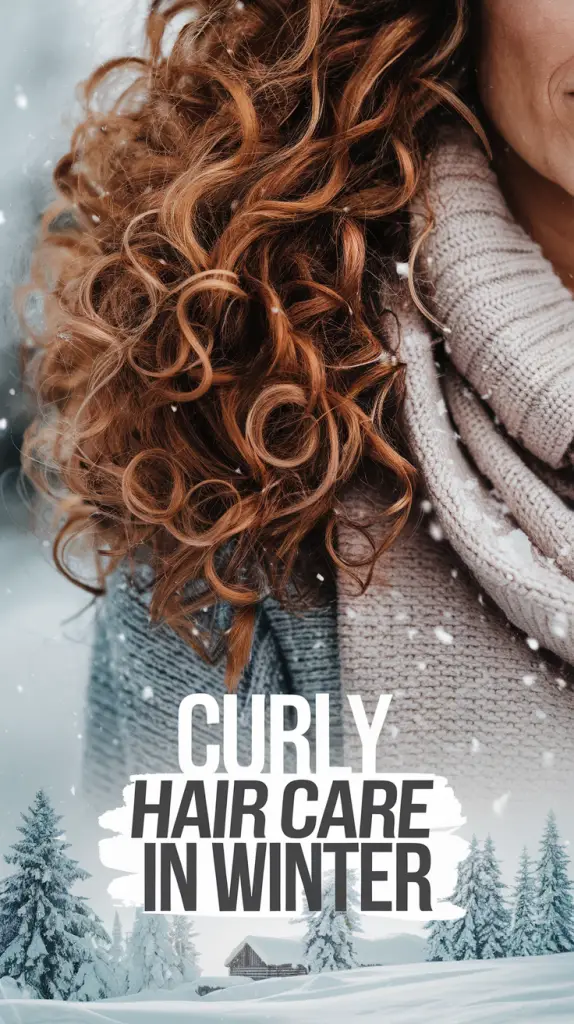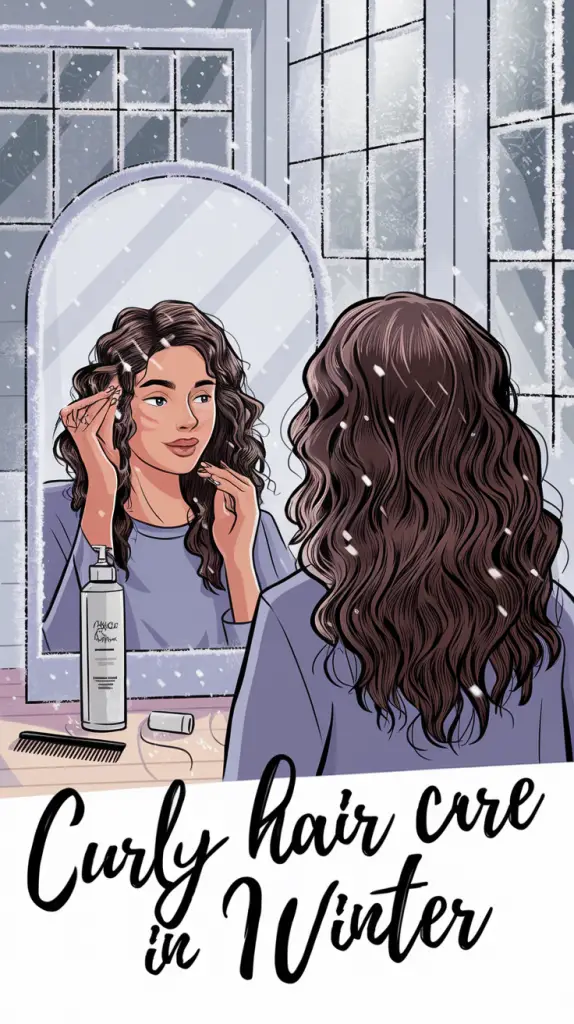Curly Hair Care in Winter: Your Complete Guide
Winter is a tough season for curly hair. Cold winds, dry indoor heating, and low humidity strip away moisture, leaving curls frizzy and brittle. Unlike straight hair, curly hair’s structure makes it harder for natural oils to travel down the hair shaft, which leads to dryness.
On top of that, static electricity caused by woolen hats or scarves can make your hair unmanageable. These challenges require extra care and attention to keep curls looking their best.
Common Mistakes in Winter Hair Care
Many people unknowingly harm their curls by using products that contain sulfates or alcohol, overwashing their hair, or neglecting protective styles. Avoid these mistakes, and instead focus on nurturing your hair to prevent damage.
Building a Winter Hair Care Routine
Hydrate Your Curls
Hydration is essential for curly hair, especially during winter. Deep conditioning treatments with ingredients like shea butter, argan oil, and aloe vera can restore much-needed moisture.
| Step | Product Type | Purpose |
|---|---|---|
| Pre-Wash Oil | Coconut or Argan Oil | Protects and nourishes |
| Deep Conditioner | Shea Butter Mask | Restores hydration |
| Styling Cream | Leave-In Conditioner | Maintains curl definition |
Wash Smart
Reduce hair washing to 1-2 times per week and use sulfate-free shampoos. If your scalp needs refreshing between washes, consider co-washing—a method that uses conditioner to cleanse your hair gently.
Protective Hairstyles and Nighttime Care
Styling for Protection
Protective styles like braids, buns, and twists help minimize exposure to harsh winter elements. These styles not only reduce breakage but also keep your hair manageable throughout the day.
Protect Your Hair at Night
Switch to a satin or silk pillowcase to prevent friction that causes frizz and breakage. For extra care, wrap your hair in a satin scarf or wear a silk bonnet before bed.
| Protective Item | Benefit |
|---|---|
| Satin Pillowcase | Reduces friction and frizz |
| Silk Bonnet | Maintains moisture overnight |
| Satin Scarf | Shields curls from tangling |
Combating Frizz and Static
Humidity Control
Using a humidifier indoors can maintain air moisture, preventing your hair from drying out. Additionally, lightweight anti-humidity sprays act as a barrier, keeping your curls defined.
Taming Static
Apply a small amount of leave-in conditioner or argan oil to smooth flyaways. If static becomes a frequent issue, carry a dryer sheet or an anti-static spray for quick fixes on the go.
Essential Products for Winter Hair Care
Choosing the right products is vital for maintaining healthy curls. Below are some winter hair care must-haves:
| Product | Purpose |
|---|---|
| Deep Conditioner (Shea Moisture) | Replenishes moisture and elasticity |
| Curl Defining Cream | Enhances curl pattern and reduces frizz |
| Hair Oil (Olaplex No.7) | Locks in moisture and adds shine |
| Sulfate-Free Shampoo | Gently cleanses without stripping natural oils |
Seasonal Hair Care Tips
Trimming for Health
Regular trims every 6-8 weeks prevent split ends and promote healthy growth. This simple step keeps your curls looking fresh and bouncy.
Cover Your Hair Outdoors
When stepping outside, protect your hair with a satin-lined hat or scarf. Wool hats can cause friction, so a satin liner is a must to prevent damage.
Conclusion
Winter demands extra care for curly hair, but with the right routine, your curls can thrive. Focus on hydration, gentle cleansing, protective styling, and the right products to keep your hair healthy and vibrant. Start incorporating these tips today for soft, frizz-free curls all winter long!
FAQs
1. How often should I wash my curly hair in winter?
Wash your hair 1-2 times a week and use a co-wash in between if needed.
2. What’s the best way to hydrate curls during winter?
Use deep conditioning masks with hydrating ingredients like shea butter and aloe vera.
3. How can I reduce static in curly hair?
Use a humidifier indoors and apply a small amount of leave-in conditioner or hair oil to smooth flyaways.
4. Can I use heat styling tools in winter?
Avoid heat tools if possible. If you must use them, apply a heat protectant spray and keep the heat setting low.
5. What’s the best protective style for winter?
Braids, buns, and twists are excellent options as they minimize exposure to harsh weather and reduce tangling.



